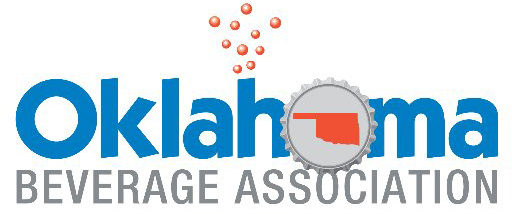The Facts About Sugar-Sweetened Beverages and Obesity
Obesity has been going up for years while soda consumption has been going down. Why hasn’t obesity gone down with the reduction in soda consumption? Because soft drinks are not driving the rise in obesity.
Soda sales have gone down 13 straight years – to a 32-year low...
Full-calorie soda sales: Down 18% (2000-2017)¹
Average calories per serving from beverages: Down 33% (2000-2017)²
Total beverage calories in schools: Down 90% (since 2004)³
Calories in American diet from added sugars in soda: Down 39% (1999-2008)⁴
…But obesity kept going up
Obesity among adults: Up 30.4% (1999-2000 to 2015-16)⁵
Obesity among children and adolescents aged 2-19: Up 33.1% (1999-2000 to 2015-16)⁶
Soft drinks are not driving obesity or obesity-related diseases like diabetes.
The rise we’ve seen in obesity is driven by an increase in food calories, not sugar from beverages. From 1970 to 2010, calories in the average U.S. diet increased from 2,024 a day to 2,481 a day. That’s an added 457 calories a day, and 401 of the added calories come from more fats, oils and starches in our diet. Only 40 of those added calories come from sugar — from all sources.⁷
The Data: Soda and other sugar-sweetened beverages are not driving obesity.
If calories and added sugars consumed from beverages are going down and obesity is going up — how can soda and sugar-sweetened beverages be a unique or significant contributor to obesity? The numbers just don’t add up.
¹ Source: Beverage Marketing Corporation
² Source: Beverage Marketing Corporation
³ Source: Robert F. Wescott, Brendan M. Fitzpatrick, Elizabeth Phillips. Industry Self-Regulation to Improve Student Health: Quantifying Changes in Beverage Shipments to Schools. American Journal of Public Health: October 2012, Vol. 102, No. 10, pp. 1928-1935
⁴ Source: Welsh JA, Sharma AJ, Grellinger L, Vos MB. (2011). Consumption of added sugars is decreasing in the United States. American Journal of Clinical Nutrition. doi: 10.3945/ajcn.111.018366
⁵ Source: Centers for Disease Control and Prevention NCHS Data Brief; link: https://www.cdc.gov/nchs/products/databriefs/db288.htm
⁶ Source: Ibid.
⁷ Source: USDA: https://www.ers.usda.gov/data-products/food-availability-per-capita-data-system/
